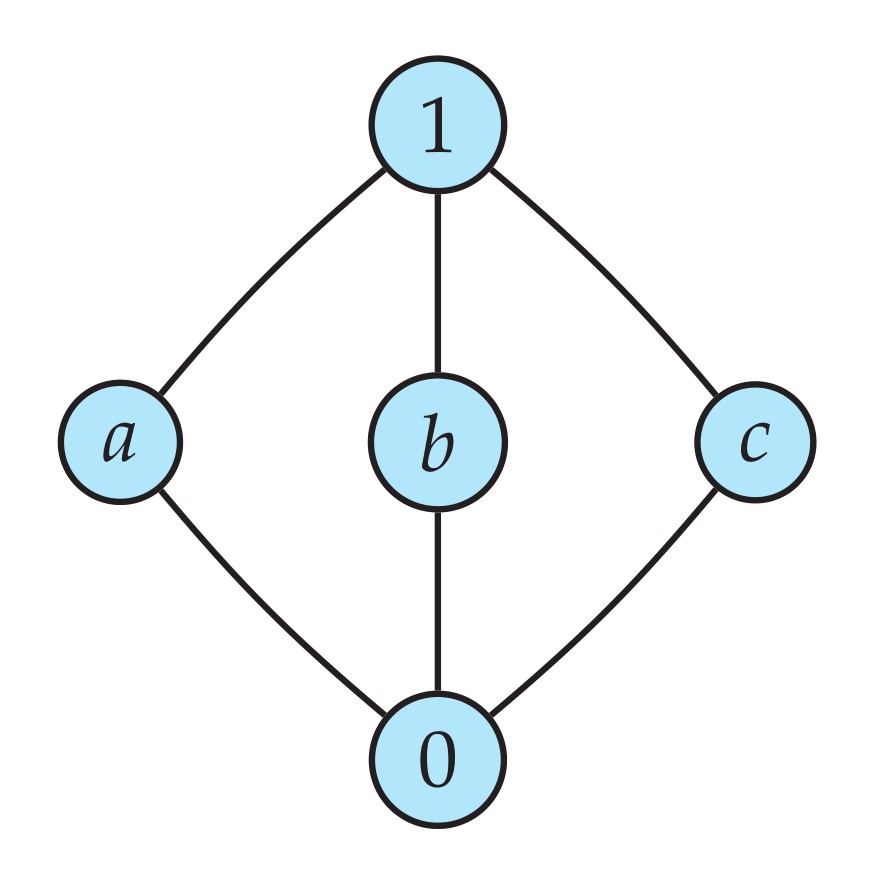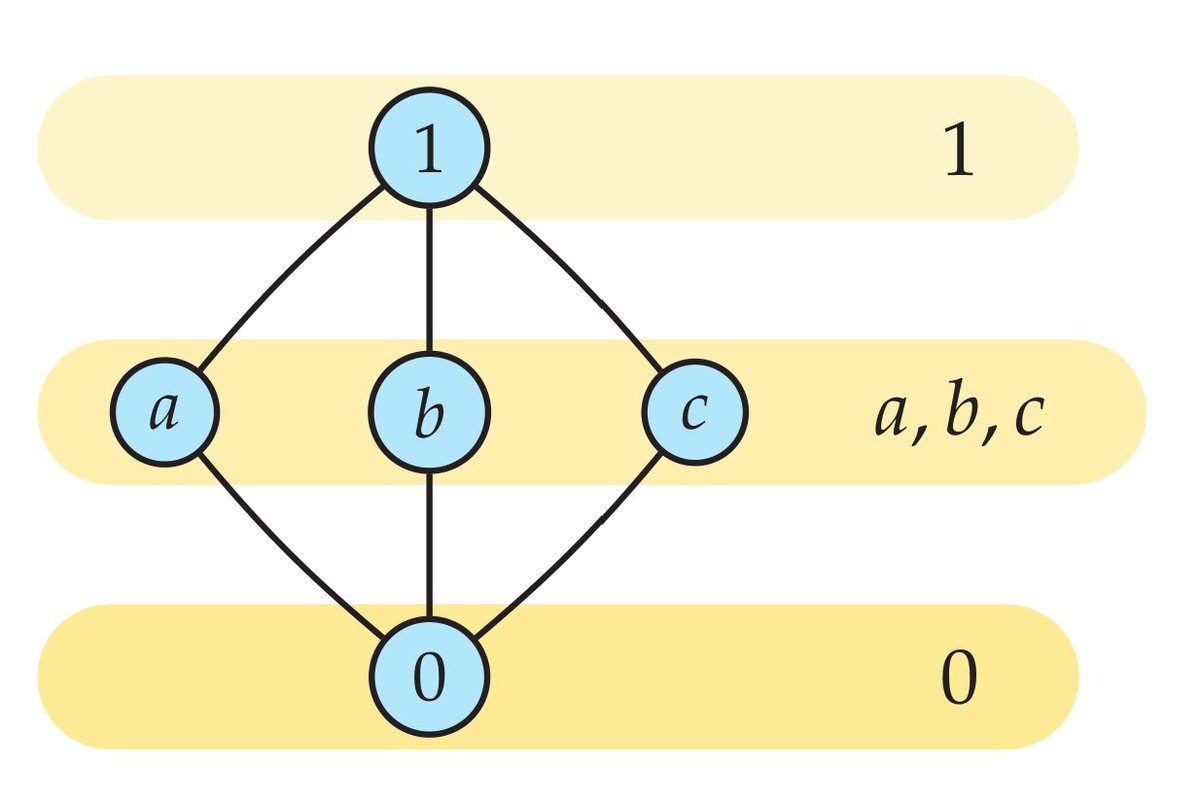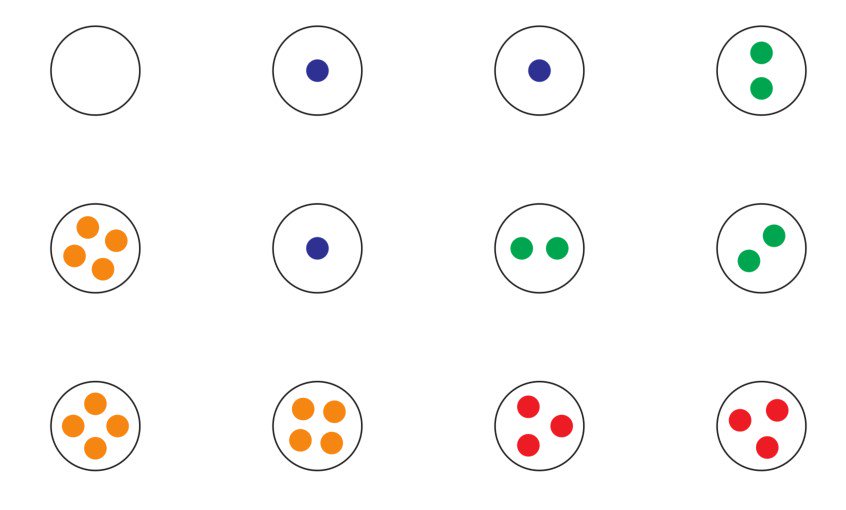
Mathematics and philosophy of the infinite. Professor of Logic @NotreDame @UniofOxford #ProofandtheArt #PhilMaths #InfinitelyMore #BookOfInfinity
How to get URL link on X (Twitter) App


 Philosophy
Philosophy



 What is a "level"? A stratification of an order into levels amounts to a linear preorder relation on the same domain. namely, a linear grading of a partial order ≼ is a preorder relation ≤ respecting the strict relation, that is, for which a≺b implies a<b.
What is a "level"? A stratification of an order into levels amounts to a linear preorder relation on the same domain. namely, a linear grading of a partial order ≼ is a preorder relation ≤ respecting the strict relation, that is, for which a≺b implies a<b.

 Hume's principle asserts that the numbers of F's is the same as the number of G's just in case these classes are equinumerous.
Hume's principle asserts that the numbers of F's is the same as the number of G's just in case these classes are equinumerous. 